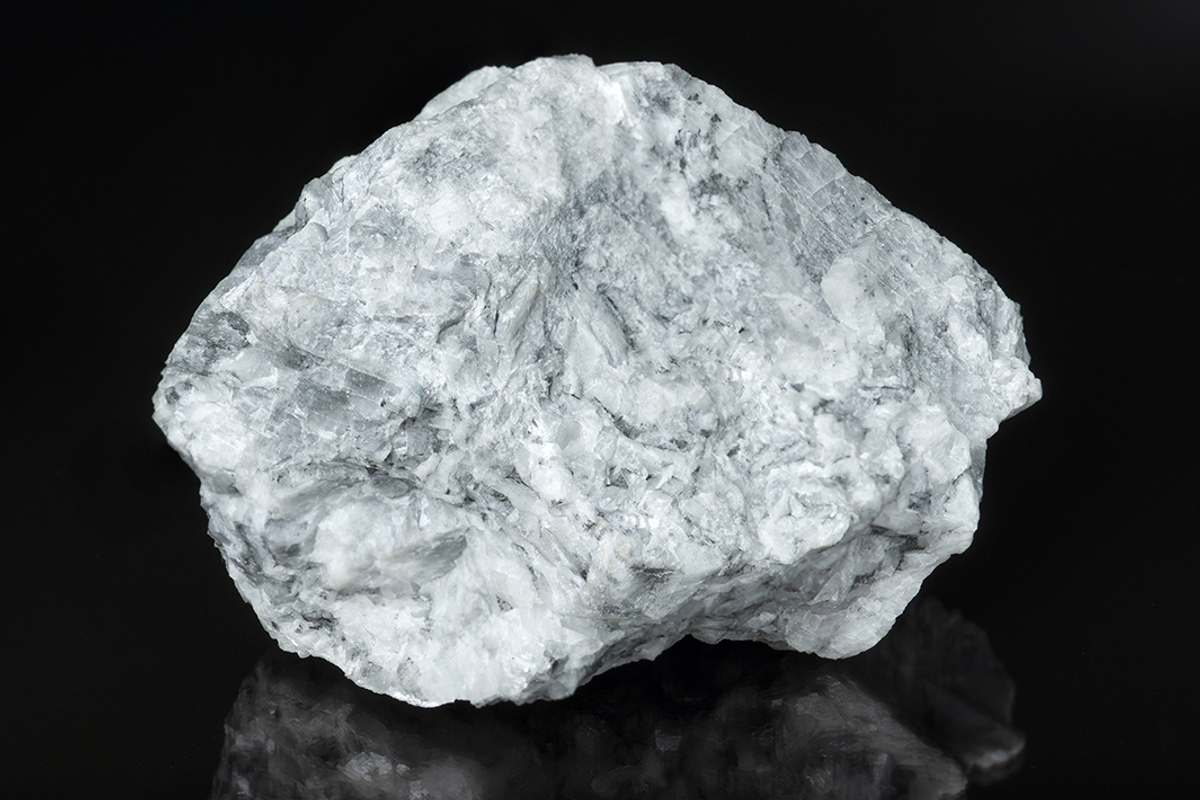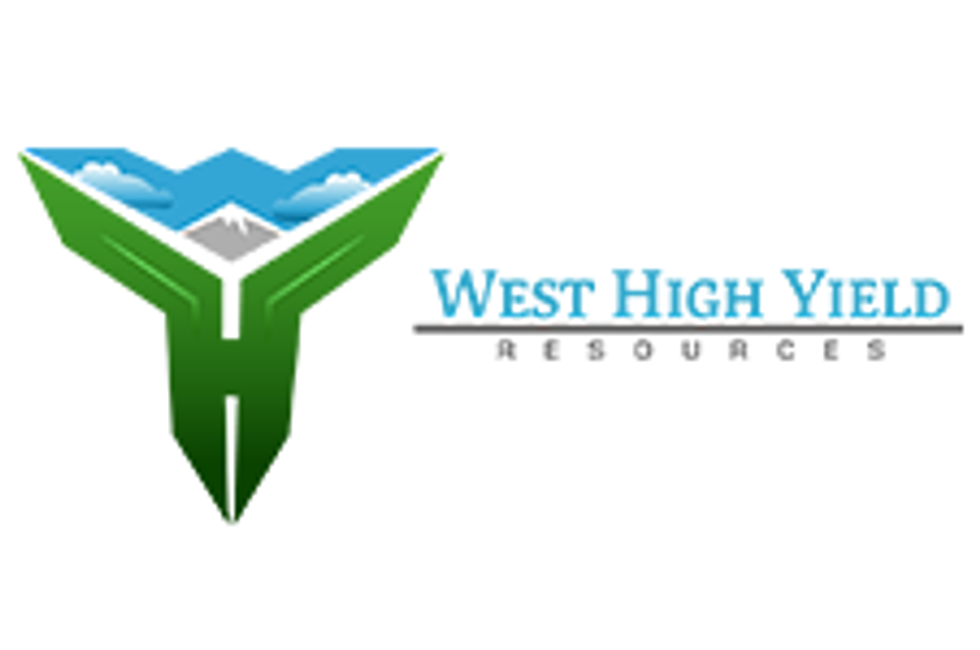Securing North America’s Strategic and Critical Magnesium Supply Chain

Mining and exploration companies with compelling magnesium assets in geopolitically stable jurisdictions stand to greatly benefit from the push to shift away from Chinese magnesium — as do investors.
Comprising roughly two percent of the Earth's crust, magnesium is the eighth most common mineral on the planet. In spite of this abundance, the world has for several years faced a steadily worsening magnesium supply shortage due to increased demand and lack of economic deposits and cost-effective processing.
In 2021, China — historically responsible for supplying roughly 90 percent of the world's magnesium — curbed its magnesium production. The following year, Chinese magnesium production shut down entirely due to high energy costs. These events have had a ripple effect on the global magnesium market, driving home the importance of securing a North American magnesium supply chain.
Mining and exploration companies with compelling magnesium assets in geopolitically stable jurisdictions stand to greatly benefit from this push to shift away from Chinese magnesium — as do investors.
What makes magnesium so important?
Even prior to global electrification, magnesium was an important strategic resource. Because of its low weight, strength, high durability and considerable corrosion resistance, magnesium is frequently used as an alloying agent in the production of aircraft, satellites and rockets. Magnesium has also seen extensive use in the automotive sector, as well as for the manufacture of sporting equipment and consumer electronics.
There are generally two types of magnesium alloy — general-purpose aluminum alloys and specialized alloys that contain minerals such as zinc, thorium and rare earth elements.
Magnesium is also a key component in the production of titanium, hafnium, zirconium and uranium, making it essential to the nuclear power industry. Other historic use cases of magnesium include improving the strength and malleability of white-cast iron, as an incendiary agent in pyrotechnic devices, manufacturing tooling plates for photo engraving, as an insulating material in refractory bricks and supplements such as multivitamins, antacids and laxatives.
These are not the use cases that have people talking, however. In recent years, magnesium batteries have emerged as an incredibly compelling alternative to lithium-based batteries. This is particularly evident with aqueous magnesium batteries — named due to their water-based metal-ion technology.
Magnesium water batteries have a number of significant advantages over other battery technologies, with safety and sustainability chief among them. Because they contain highly flammable materials, conventional batteries tend to be prone to fires and explosions. Water batteries carry no such risk.
Magnesium is also non-toxic and more abundant than most other battery metals. This translates to lower manufacturing costs and greater overall sustainability, particularly where end-of-life disposal is concerned. In spite of these clear benefits, magnesium-based water batteries have traditionally been held back by several factors, including lower voltages and a shorter lifespan.
Researchers are well on their way to solving both of these problems, however. A multinational research team based in Australia's RMIT University, for instance, has managed to produce an aqueous magnesium battery with an energy density of 75 watt-hours per kilogram. Another team in China was able to exponentially improve output, capacity and lifespan with the addition of copper foam.
In Japan, a research team has developed a lightweight, paper-based magnesium air battery that activates when it comes into contact with water. Intended primarily for wearable devices, the battery has a power output roughly 700 times higher than other reported paper batteries of its kind.
With higher charging capacity, safer and less costly than current battery chemistries, manufacturer and consumer adoption of magnesium-based batteries will likely increase due to reduced cost, safety and the elimination of range concerns.
One of the most exciting applications of magnesium in energy generation has little to do with batteries at all. A team of European scientists has potentially discovered how to use magnesium hydride as a hydrogen storage solution. Hydrogen has long been regarded as the perfect fuel, owing both to its high energy capacity and the fact that the only pollution it produces is water vapor. However, storage has proved a consistent challenge.
That's why this discovery is so significant — it could, in the long term, be the lynchpin that enables the widespread use of hydrogen as a fuel source.
Securing a domestic supply
In addition to the European Union, magnesium has been identified as a key strategic resource in both Canada and the US, and the two countries have both taken a similar approach to establishing a safe and secure domestic supply chain for the mineral.
The American government is investing heavily in expanding domestic mining, production, processing and material recycling. These investments are being made with a strong focus on sustainability, job creation and community engagement. Wherever necessary, Indigenous tribes are also being heavily consulted.
Canada's Critical Minerals Strategy hits many of the same notes with only a slightly different focus. In addition to investing in mining and production, the Canadian government also seeks to drive research, innovation and education. The strategy also identifies environmental protection, reconciliation with Indigenous communities and the development of a diverse and prosperous workforce as key objectives.
Ultimately, both strategies have the same end goal — to develop a more prosperous economy by embracing sustainability and reducing over-reliance on exports from countries with long histories of heavy pollution, such as China.
Magnesium projects in North America
Although the domestic North American supply chain for magnesium is still very much in its early stages, several projects have already emerged. We've detailed three of the most prominent below, along with information on the companies behind them.
Record Ridge
Located 7.5 kilometers southwest of Rossland, British Columbia, Record Ridge is an intermediate-advanced stage exploration project fully owned by West High Yield Resources (TSXV:WHY,FSE:W0H). The project contains a verified measured and indicated 10.6 million tons of magnesium, as well as 16 million tons silica and nickel — two other critical minerals currently in short supply. West High Yield's planned extraction process will utilize over 94 percent of the ore and generate near-zero emissions.
Supporting infrastructure for the project, which is at the final stage of a 15 year permit process, is already in place. The mine is expected to begin production sometime in Q3 2024, with a near-term pathway to cash flow potential around the same timeframe. West High Yield is currently exploring additional offtake agreements with any interested parties.
West High Yield has a First Nation Cooperation Agreement in place with the Osoyoos Indian Band, ensuring the support of local Indigenous communities for the project.
Beaver
Spanning 7,528 hectares in South-Central BC, the Beaver magnesium-nickel property is located just 15 kilometers east of Canada's second largest open-pit copper mine, Gibraltar. This prime location affords the project's 100 percent owner, Inomin Mines (TSXV:MINE), access to extensive road and railway infrastructure as well as clean hydroelectric power. An inaugural drilling program in 2021 revealed extensive mineralization in all drill holes, including 252.1 meters grading 20.6 percent magnesium and 0.16 percent nickel.
During further core testing in 2023, Inomin achieved 99 percent magnesium extraction. Following this promising news, the company announced a 2,836 hectare expansion of the project in early 2024. Exploration of the property is ongoing.
Great Salt Lake
The privately held US Magnesium operates what is currently one of the largest single sources of magnesium in North America — located in the Great Salt Lake in Utah. Historically, US Magnesium produced magnesium along with several other critical minerals through solar evaporation-based brine extraction. In recent years, this has become somewhat untenable, owing both to sinking water levels and evidence of the company's significant contributions to Utah's air pollution.
In late 2023, the company settled with the US government for violations dating back to 2015.
Investor takeaway
Though the world faces an ongoing magnesium shortage, a solution rests just over the horizon. Governments and mining companies have been collaborating for multiple years to develop a sustainable domestic magnesium supply. In the process, they have generated — and will continue to generate — a multitude of significant and promising investment opportunities.
This INNSpired article is sponsored by West High Yield (TSXV:WHY,FWB:W0H). This INNSpired article provides information which was sourced by the Investing News Network (INN) and approved by West High Yield in order to help investors learn more about the company. West High Yield is a client of INN. The company’s campaign fees pay for INN to create and update this INNSpired article.
This INNSpired article was written according to INN editorial standards to educate investors.
INN does not provide investment advice and the information on this profile should not be considered a recommendation to buy or sell any security. INN does not endorse or recommend the business, products, services or securities of any company profiled.
The information contained here is for information purposes only and is not to be construed as an offer or solicitation for the sale or purchase of securities. Readers should conduct their own research for all information publicly available concerning the company. Prior to making any investment decision, it is recommended that readers consult directly with West High Yield and seek advice from a qualified investment advisor.

